This is a major effort, demonstrating the city's determination to restructure the urban area. However, according to many experts, to avoid wasting resources and seize opportunities, Ho Chi Minh City cannot only develop horizontally or vertically, but must also focus on developing in depth – that is, exploiting and planning underground space.
According to the Ho Chi Minh City Master Plan for the period 2021-2030, with a vision to 2050, approved by the Prime Minister , Ho Chi Minh City aims to develop a multi-functional underground transportation axis to reduce pressure on surface infrastructure and ensure urban landscape architecture. Specifically, it will not only include underground roads but also combine roads with railways or integrate technical infrastructure (electricity, telecommunications cables, water supply and drainage) within the same underground route.
The priority area for underground space development is the existing central area of nearly 930 hectares located in the wards of Saigon, Tan Dinh, Ben Thanh, Cau Ong Lanh, Ban Co, Xuan Hoa, Nhieu Loc, Cho Quan, An Dong, Cho Lon, Gia Dinh, Binh Thanh, Binh Loi Trung, Thanh My Tay, and Binh Quoi. However, currently, beneath the city's surface are drainage systems, technical tunnels, and several sections of underground metro lines that have been and are being constructed.
These infrastructure projects lack connectivity and there is no overall plan for their coordinated organization and management. Meanwhile, on the ground, the city is facing a series of pressures: dwindling land resources, overloaded transportation infrastructure, a severe shortage of parking spaces, and increasingly serious flooding.
After the merger, Ho Chi Minh City became a "megacity," with an area of over 6.7 million km2 and a population of over 13.6 million people, creating an urgent need to develop a comprehensive urban underground space plan, synchronized with the general plan. This plan must identify priority areas for expanded underground development, not just limited to the 930 hectares in the core area as before.
It should include new urban areas such as Binh Duong ward, Vung Tau ward, metro stations, and areas with potential for developing technical infrastructure or commercial services. Simultaneously, a 3D GIS-based underground spatial database should be established to accurately manage the infrastructure system and avoid overlaps when implementing new projects.
Simultaneously with planning, it is crucial to finalize the legal framework for investment and exploitation of underground space. Currently, regulations related to land use rights, building ownership, and underground exploitation are still lacking and unclear. This is a barrier that hinders many underground projects during the preparation phase. Expanding the public-private partnership (PPP) mechanism will be a suitable approach to mobilize social capital for projects such as underground parking lots, underground shopping centers, or underground drainage systems and retention ponds.
In many major cities around the world , underground space has become an integral part of urban planning. Beneath the surface of Tokyo, Seoul, Singapore, and Paris lies a "second city"—a place with subways, pedestrian streets, shopping malls, parking lots, and even parks and cultural spaces. Thanks to this, these cities reduce traffic congestion, increase land use efficiency, and significantly improve the quality of life for their residents.
A sustainable city cannot develop solely horizontally or vertically; it must also consider its depth. Underground space is not just a technical solution but also a long-term development strategy, helping Ho Chi Minh City enhance its resilience, improve the environment, and enhance the quality of life.
To achieve that, a bolder vision is needed – creating an “underground city” alongside the city above ground. Only then will Ho Chi Minh City fully realize its resource potential and truly become a world-class metropolis.
Source: https://www.sggp.org.vn/khai-thac-va-quy-hoach-khong-gian-ngam-post820473.html









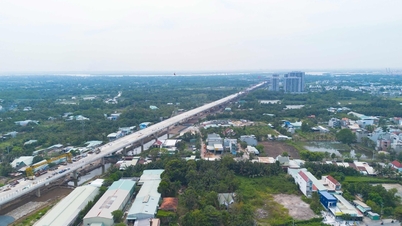
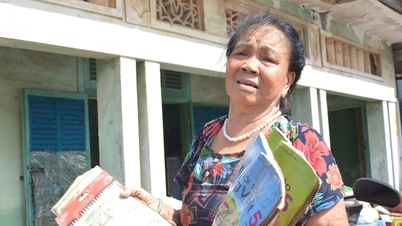

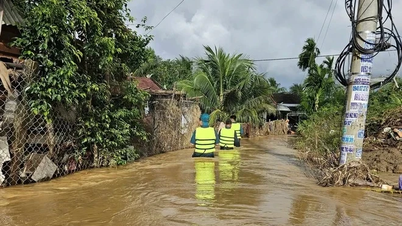

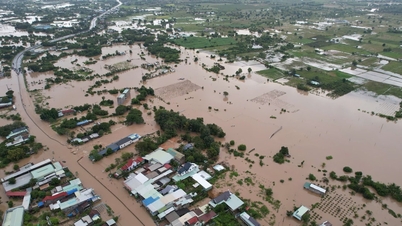
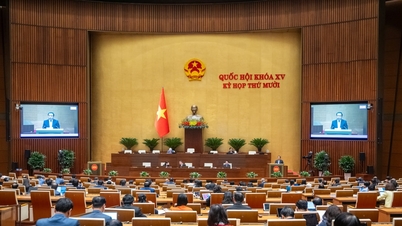




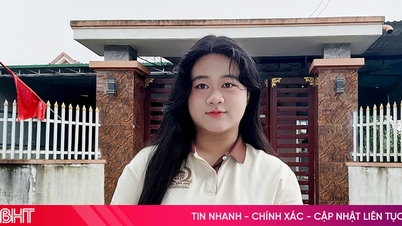



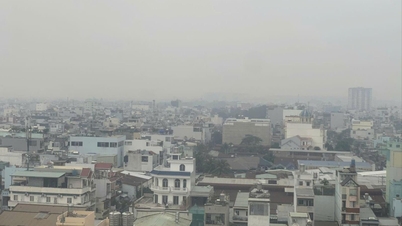
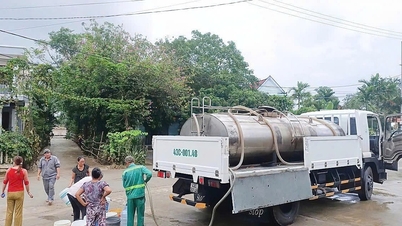





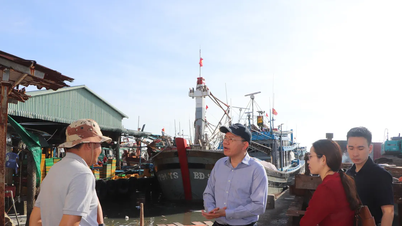
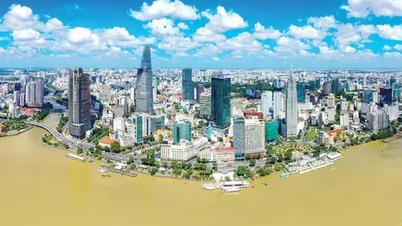


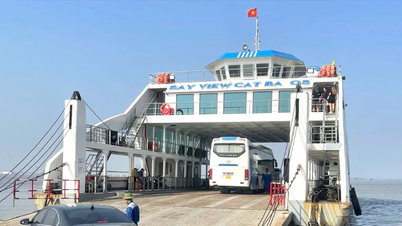



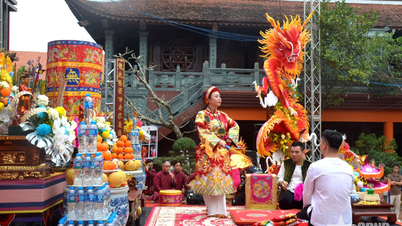













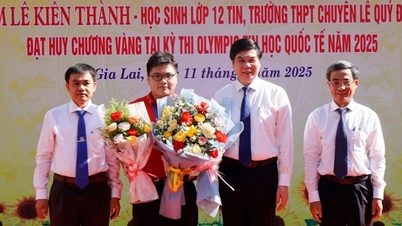









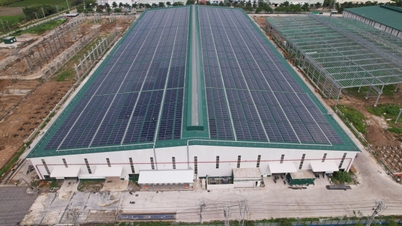


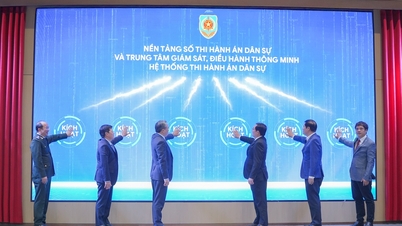





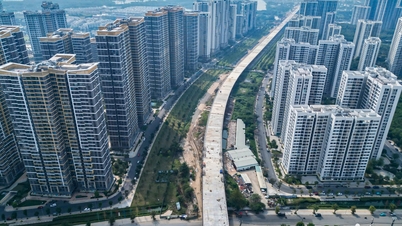
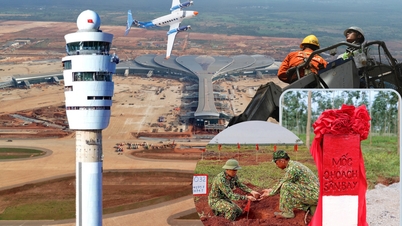

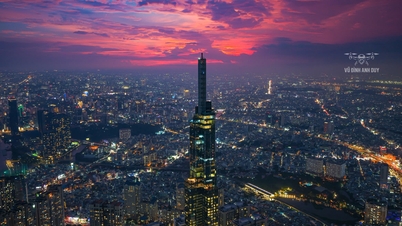
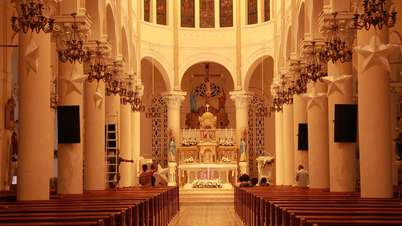

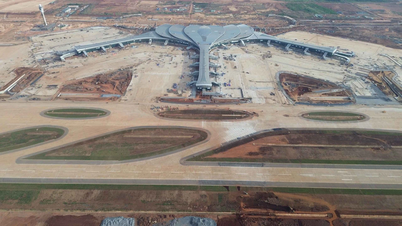






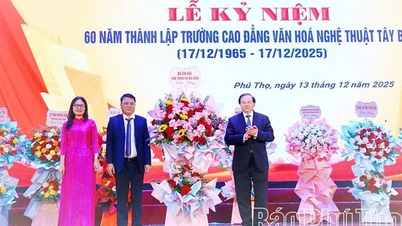

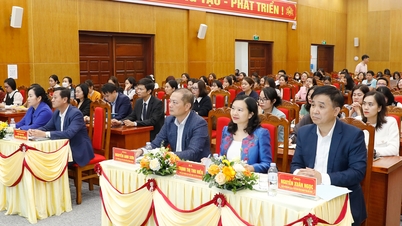

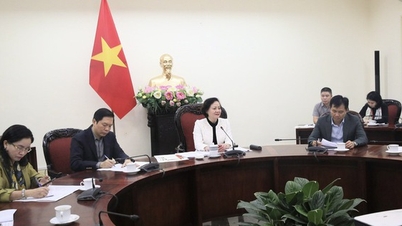
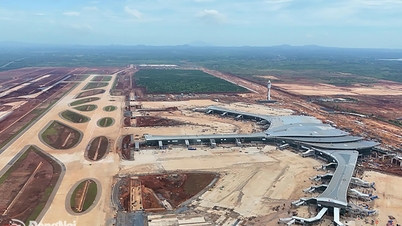






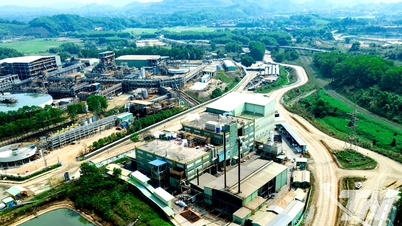














Comment (0)